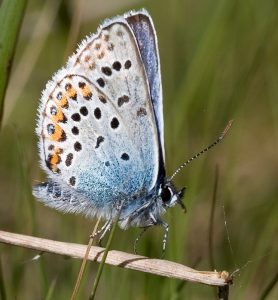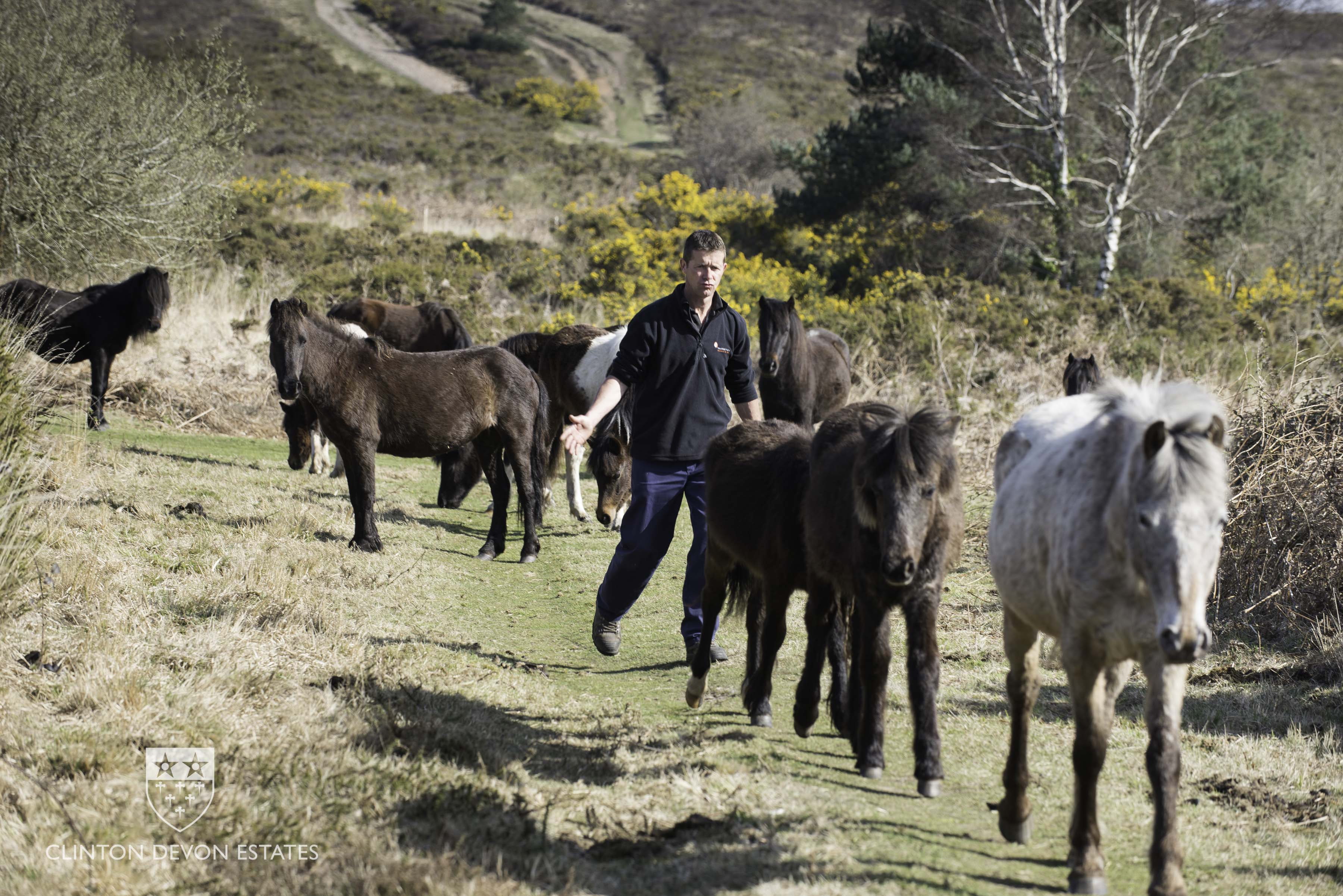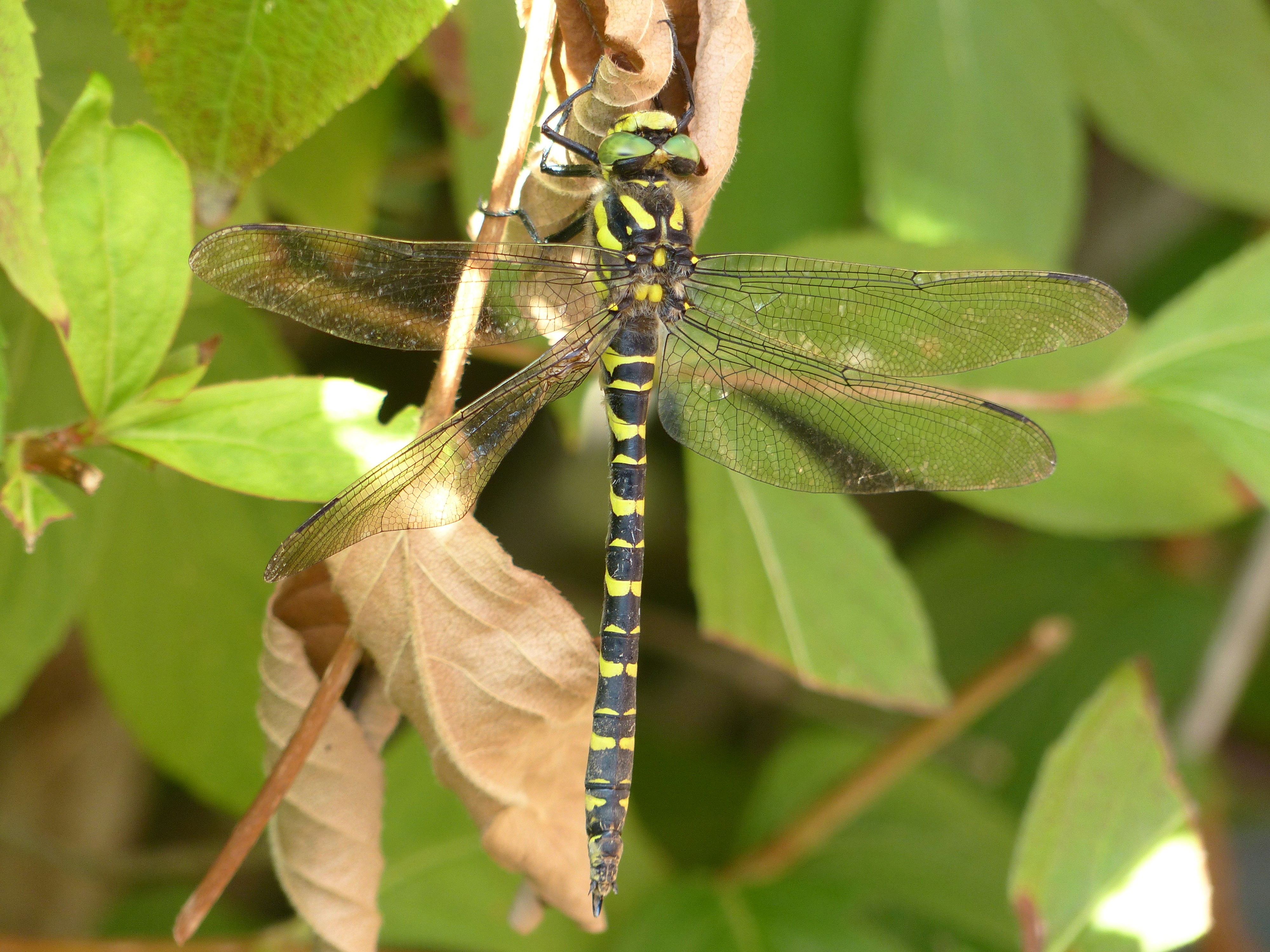interactive map
Select each area to explore the East Devon Pebblebed Heaths.
Mutters moor
Mutter’s Moor County Wildlife Site covers an area of 54 hectares. The site is a relatively small block of heathland when compared to the core area of the Pebblebed Heaths, and is geologically different in that it comprises eastwards dipping Cretaceous Upper Greensand and is capped by Clay-with-flints and Chert. The site supports good quality lowland dry heath. Mutter’s Moor is significant for wildlife and supports a population of Nightjars. The most significant historic feature of the moor is a former site of a prehistoric Stone Circle from which standing stones were removed in the Victorian era. Other features include cairns and barrows.
Bicton Common
Covering 132 hectares, Bicton Common is dominated by wet heath with scattered scrub and scrubby woodland, with dry heath and bracken upslope. Three small eastwards-flowing streams join in the centre of this Common and form Budleigh Brook. In 2014 conservation grazing was introduced into this management unit and during the summer season cattle and Dartmoor ponies graze. Bicton Common is highly significant for wildlife and supports populations of Dartford Warblers, Nightjars, Silver-studded blue butterfly and the Small Red Damselfly. A significant number of archaeological sites are located on Bicton Common including two bowl barrows which are Scheduled Monuments. In addition, the site is crossed by an old parish boundary and has numerous historic features relating to military occupation during WW2. These include a firing range (butts). 
East Budleigh Common
Most of the eastern area was a military camp during the Second World War, numerous concrete bases of old structures remain. This area is a mosaic of dry heath, scrub, bracken and mixed woodland. The western area is mainly dry heath with bracken, gorse, and some scattered trees. This common has the greatest proportion of tree cover. East Budleigh Common is excellent for wildlife due to its mosaic of heathland and woodland habitats. It supports populations of the Silver-studded Blue butterfly as well as Nightjars. Old military buildings dating back to WW2 are now managed as bat hibernaculae and are used by a variety of bat species including Greater and Lesser Horseshoe bats. 
Woodbury common
Covering 102 hectares, Woodbury Common is located south of Colaton Raleigh Common, largely to the east of the B3180 and to the north of a minor road from Four Firs to Yettington, with Uphams plantation forming the eastern boundary. The vegetation is mainly dry heath with a small area of mire. Woodbury Common is significant for wildlife and is most notable for supporting Dartford warblers. Many archaeological sites are located on Woodbury Common with the most significant being the Iron Age Woodbury Castle which is a Scheduled Monument. 
Colaton Raleigh Common
Covering 333 hectares, Colaton Raleigh Common is the largest of the commons. The majority of the area lies to the south of the B3180, which crosses the heath from east to west on the top of a ridge. The heath is bounded by farmland, conifer plantations, woodland and a golf course. To the north of the B3180 the ground slopes steeply away to the north, again with dry heath giving way to wet heath with some scattered pines at the base of the slope. The vegetation is a mixture of dry heath with smaller amounts of wet heath/mire in the valley bottom. Scatted wind swept pines are a much loved feature of the landscape. Colaton Raleigh is highly significant for wildlife and supports a population of the Southern Damselfly which occurs on the mire. It is also significant for Dartford Warblers with their numbers slowly building after a national collapse after the harsh winter of 2011. A significant number of archaeological sites can be found including old quarries, parish boundary banks, a reservoir and barrows. 
Dalditch Common
Covering 8.45 ha Dalditch Common has the smallest area and is mainly dry heath and supports Nightjars. Dalditch Plantation covers 27.4 ha and was formerly a coniferous plantation which was felled and converted to heathland in 1997. It is now a County Wildlife Site. The heathland which can now be found there is a particularly good for Nightjar. The majority of Dalditch Plantation is on the slope, the upper western section is dry heath with the vegetation becoming wetter in the south east. Scrub control has been undertaken across the site, but is still currently problematic in some areas. Dalditch Plantation is regularly grazed, since the summer of 2014 it has been stocked with Dartmoor ponies and cattle. 
Hawkerland
Hawkerland covers an area of 78 hectares and is divided into Hawkerland East and Hawkerland West by a minor road. The Common is bounded to the north by the main A3052 Exeter to Lyme Regis road. Hawkerland East is dominated by dry heath with some areas of bracken in shallow valleys and a small mire system. This was also the site of a WW2 military camp. The western area of the Common is dominated by wet heath vegetation with areas of damp willow woodland. Hawkerland supports building populations of Dartford warbler, Nightjars and the Silver-studded Blue butterfly. Grazing was reintroduced to this common in the summer of 2018 with the cattle able to range over the entire area thanks to the perimeter fence and cattle grids either end of the road. 
Harpford Common
Managed by the RSPB, more information here.
Aylesbeare Common
Managed by the RSPB, more information here.










 Many people enjoy exploring the heaths on horseback. By following this code and encouraging others to do the same, you can be sure that you are enjoying this special landscape in a way that respects other visitors, landowners, animals and wildlife. Some of the trails are sensitive to damage and erosion, following the code will help keep them in good condition for all to use and enjoy far into the future. Please click the link below for more details…
Many people enjoy exploring the heaths on horseback. By following this code and encouraging others to do the same, you can be sure that you are enjoying this special landscape in a way that respects other visitors, landowners, animals and wildlife. Some of the trails are sensitive to damage and erosion, following the code will help keep them in good condition for all to use and enjoy far into the future. Please click the link below for more details…
